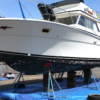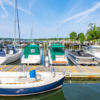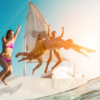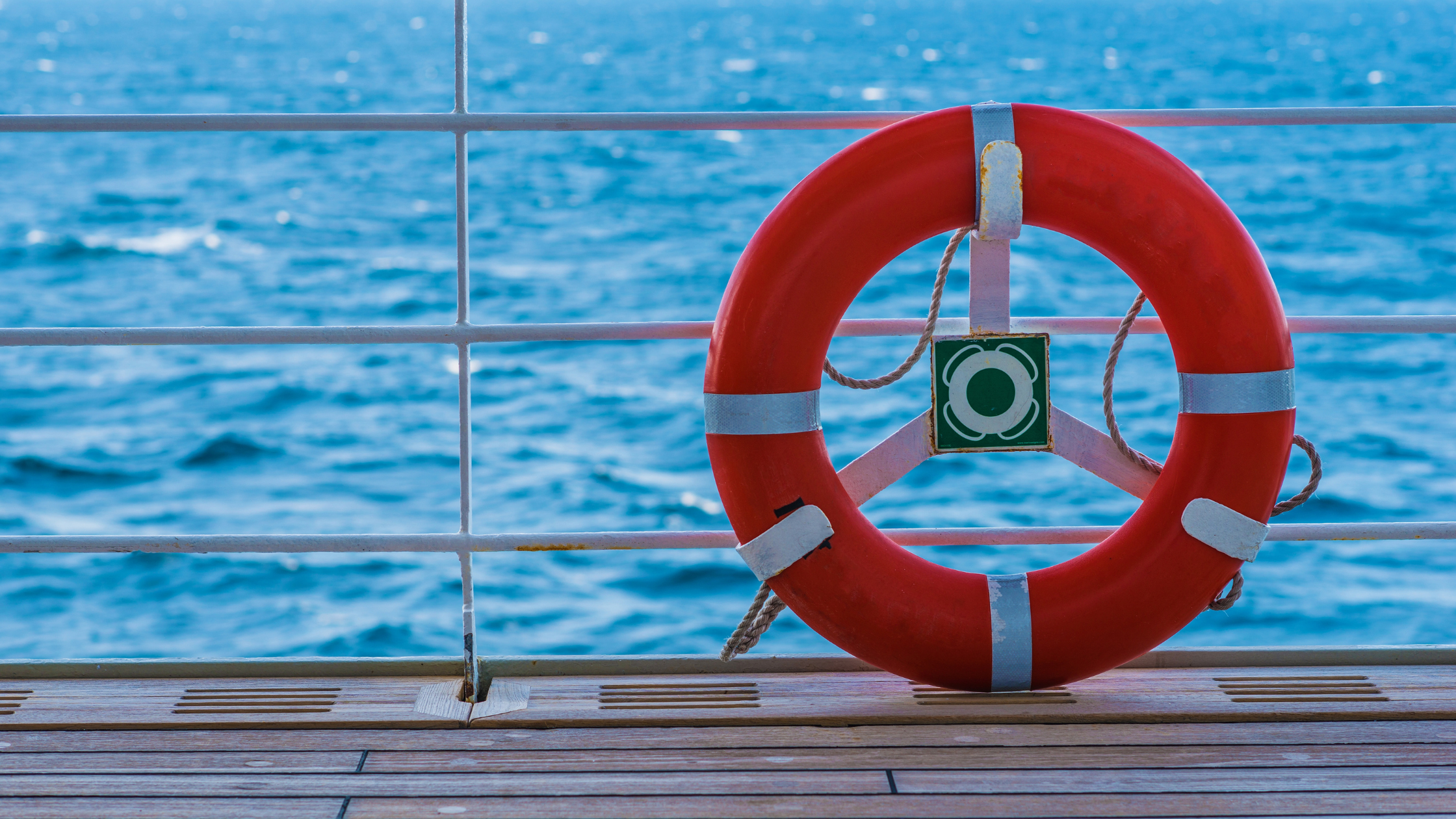
Hats off to you! You’ve purchased your first boat. This is the beginning of a lifetime of maritime adventures – for you, your family, and friends. But just be prepared for everyone you know, who isn’t fortunate enough to own a boat, to be reconnecting. The truth is, a boat is a magnet! More importantly than your increased popularity, you’ll need to be well prepared for your first day out. Luckily for you, the crew at Snag-A-Slip has put together a list of the top 10 things to think about on your first local boat trip. Check everything off, and it should be smooth sailing!
You probably can’t wait to get out on the open water as captain of your own boat. And not to burst your new-boat-owner bubble, but there’s more to leaving dock than stocking up on your favorite food and drink. There are essential provisions you’ll need on board before you set off on your first water adventure. Here are the must-haves for your packing list.
1. Handheld VHF Radio
The U.S. Coast Guard says a handheld VHF (very high frequency) radio, and not your cellphone, is what you need to use if you find yourself in distress on the water. Similar to a walkie-talkie, a VHF radio is a handheld radio, and serves as a direct link to help in case of an emergency. The reason it trumps your cell phone is that it has a much longer range, so even if you’re not near a cell tower, you will reach the Coast Guard who can send help. Your boat may already have a mounted VHF radio. Even so, we recommend a portable backup. It can be a lifesaver if your boat’s battery dies. A portable VHF is also essential to have in your boat’s emergency kit in case of evacuation.
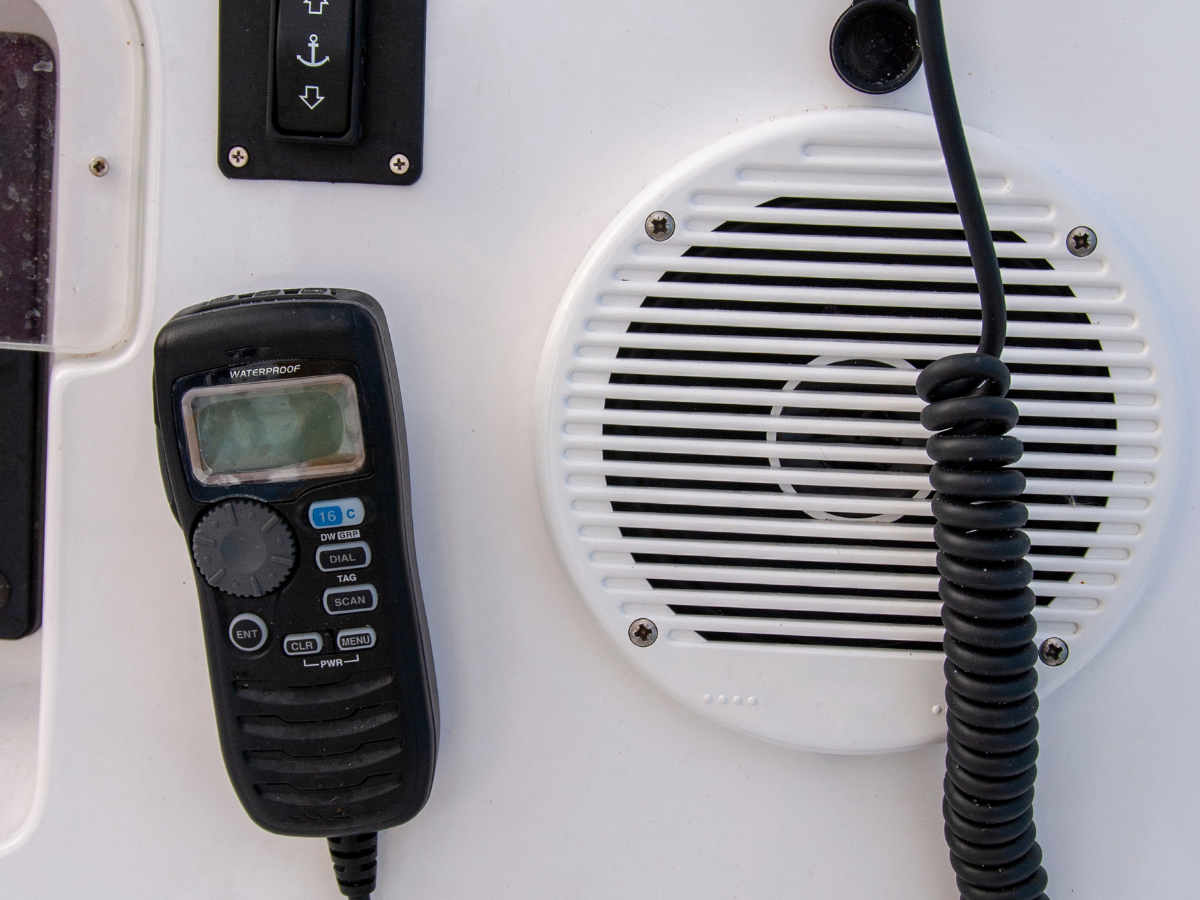
2. Personal Flotation Device
One personal flotation device (PFD) for each person on your boat is a Federal regulation – which means it’s not optional. Your boat probably has a handy-dandy compartment just for this purpose. And, if your boat is 16 feet or more, you must have at least one Type IV throwable device as well.
3. Safety Basics
Keeping up-to-date flares, fire extinguishers and plenty of batteries for flashlights and such, is also suggested by the U.S. Coast Guard.
4. Emergency Position Indicating Radio Beacon
The U.S. Coast Guard also suggests having an emergency position indicating radio beacon (EPIRB) on board. In case you need help in an emergency situation, it will transmit a distress call with your position to authorities when you activate it – and it will automatically activate if submerged in water. You’ll need to register your EPIRB routinely with the government. They ask that you do this so rescuers can immediately begin gathering information about your boat’s location, number of passengers and route.
5. Marine First Aid Kit
A marine first aid kit is a bit different from your first aid kit at home. In addition to the basics like Band-Aids and antiseptic ointments, you’ll need something for sunburns and seasickness – maladies that are bound to crop up when you spend time on your boat.
The U.S. Coast Guard recommends you keep a fully stocked first aid kit on board. And be sure that everything in your kit is up-to-date at the beginning of each season.
Here are the over-the-counter medications they recommend you stock your kit with:
- – Creams to treat insect bites and sunburns
- – Antiseptic and antibiotic ointments
- – Pain relievers and fever reducers
- – Stomach remedies for motion sickness
They also suggest a mix of bandages, including:
- – Adhesive bandages in various sizes
- – Sterile gauze pads
- – Roller bandages
- – Narrow adhesive strips
Last but not least, have emergency phone numbers at the ready, like poison control, your doctor, and your emergency contacts.
6. Clothing
We know you want to look picture perfect, but your boat deck isn’t a catwalk. When it comes to packing clothes for cruising, opt for quick-drying, breathable fabrics. Cotton takes a longer time to dry, especially in humid climates, so grab pieces made of breathable or moisture-wicking synthetic fabrics instead. On the water, even if it’s hot during the day, the evenings can cool down from the breezes off the water. So, pack a sweatshirt or two. And when deciding just how much to bring, the rule-of-thumb is at least enough fresh clothes for every day of your trip. Because, even if you plan to re-wear some pieces, the salty air and water can get your clothes damp and dirty.
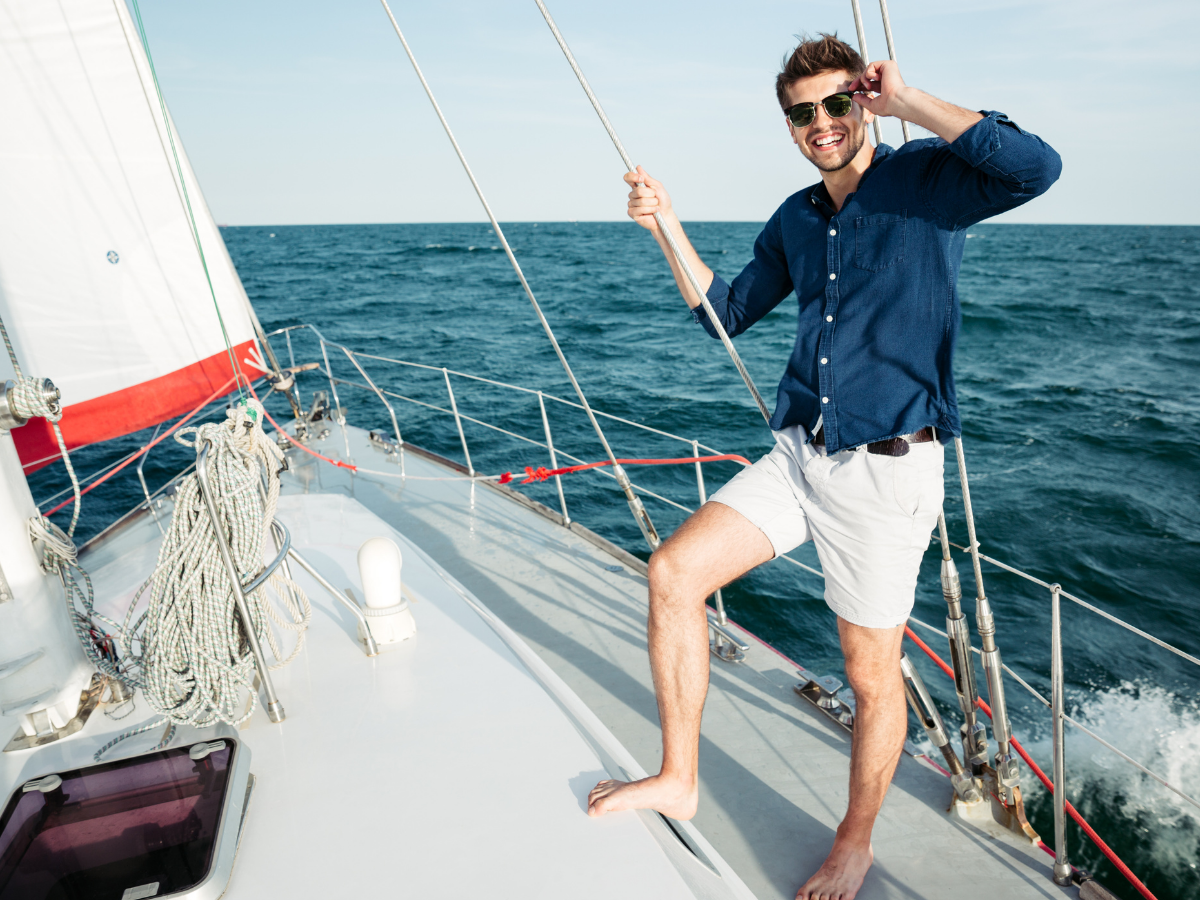
7. Boat Registration
Your boat registration paperwork should be on board in a safe, dry place. Remember where you put it, because whenever your boat is operated, your Certificate of Registration must be available at an enforcement officer’s request.
8. Boat Insurance
Ok, it’s not something palpable you actually carry aboard. But before you depart, it’s just smart to have the proper boat insurance. Not only will boat insurance cover you financially if your boat is stolen or damaged, it also helps protect you if you accidentally injure someone or damage their property. Some states require coverage, while others don’t. If the choice is yours, know that boat insurance can give you peace of mind.
9. Rope
Extra rope is invaluable. You can use it in case your boat needs a tow, or you need to tow another boat. It can also be used as an extra dock line or throw line.
10. Basic Toolkit
By basic toolkit we mean only what you need for small fixes, or to make do until you can get to a boat mechanic. To put your toolkit together, grab marine caulk, electrical tape, hose clamps, a wire cutter, nuts, bolts, screws, ratchets, sockets, pliers, adjustable wrenches, and a few screwdrivers of varying sizes.




